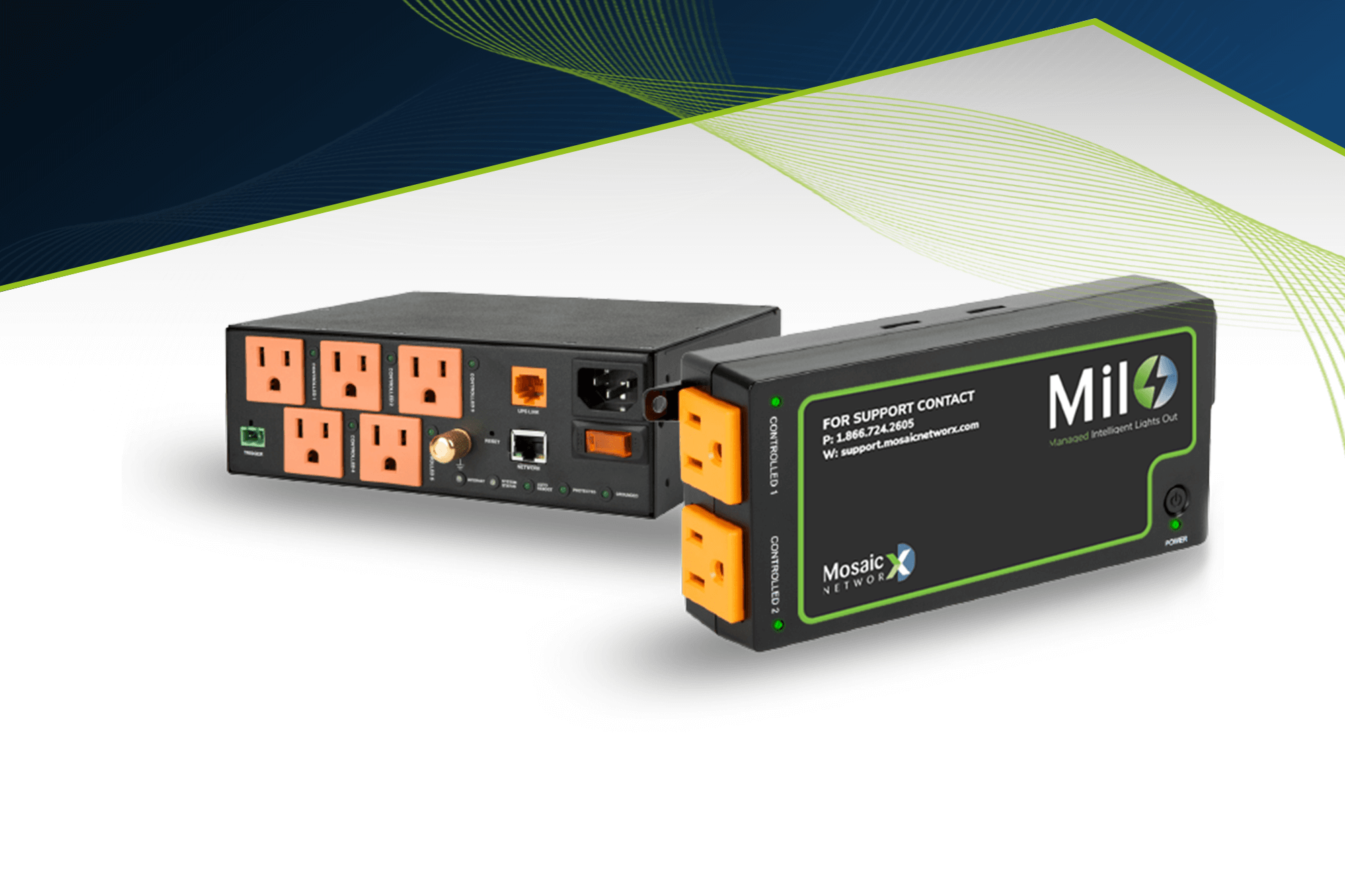With nearly ten terabytes of stored data and 12 mission critical servers, the National Hockey League’s St. Louis Blues featured a robust IT infrastructure common in professional sports. The largest datasets and applications hosted in house were key to the business of running a professional sports team: ticketing. The Blues’ counted on their network to do everything from processing payments to managing the logistics of how many fans might be in their arena at any given time. The historical data on hand was substantial, the business intelligence software robust, and payment processing infrastructure massive. A loss of either data or application uptime would be catastrophic, and with games to be played and tickets to be sold, there was no room for error.

An NHL team narrowly avoided disaster. Are you prepared?
Image courtesy of Wikimedia Commons
Unfortunately, in early 2013, a disaster indeed occurred. A server crashed and the organization’s entire data set, including financial information of the team and its customers, was lost.
Thankfully for the team, the fans, and the league (which was in the middle of its season), the IT department of the Blues had implemented an on-premises disaster recovery solution. Within an hour, the server had been restored and operations were back online as if nothing had happened. A crisis had been averted and the long-term ramifications of the server malfunction were minimal.
But what if a disaster recovery solution hadn’t been in place? What if the team had chosen to backup its data only, but none of its applications? What if their disaster recovery plan included offsite or cloud backups that couldn’t easily be restored?
When considering a disaster recovery solution for your organization, it is important to quantify not just the risks you face, but also the true cost of downtime while you get back up and running. For a sports team hosting events every few days and processing ticket purchases continuously, hours or even days of downtime waiting for a system restore would have meant untold financial losses and a growing waterfall of business interruptions as games were cancelled and purchases denied. Perhaps your business doesn’t work on such a rigid timeline and you can afford for your restoration after a disaster to move at a slower pace. Or perhaps your organization works on an even tighter timeline (a stock trader, for example) and your entire operation might be in peril if you suffer even the slightest downtime.
Here are five tips for choosing a disaster recovery solution that fits your business and your budget:
- What are the biggest risks your organization faces? Disaster recovery solutions come in a variety of flavors and the primary determinant in what is right for your business comes down to which threats you face. Businesses along the Gulf Coast must prepare for hurricanes and physical loss while organizations in remote areas might be at risk for network interruptions due to unreliable connectivity. Large organizations are likely to have enterprise grade applications deployed across their network while small businesses are more likely to be at risk for a disaster resulting from user error. Understanding the threats to your business is the first step in disaster recovery planning.
- What is worth saving? Some organizations have mission-critical data that simply cannot be lost. Other organizations don’t retain much data but have workflows and automations that have taken hours and hours to integrate. What is most important to your organization? The more you need to save, the higher the price tag. When balancing budget with need, take note of what is critical to your business and focus on those things first and foremost.
- What is downtime worth? For fast paced businesses like stock trading and eCommerce, even a moment of downtime can mean substantial revenue loss. For non-digital industries like consulting or training, a service interruption is inconvenient, but not nearly as crucial. Once again, the speed of recovery will be determined by the size (and cost) of your DR solution. Plan accordingly.
- Does the solution fit your network? Many disaster recovery solutions are kept off-site, meaning a service restoration is facilitated by your internet connection. If you have terabytes of data that must be restored, as in the case above, then an on-site DR appliance is in order. Otherwise, you might be waiting days (or weeks) for a full restoration.
- Who will manage the disaster recovery plan? In a moment of crisis, your disaster recovery plan needs to be initiated with ease. A complex plan relying on multiple outside vendors or systems can contribute to increased downtime and service interruption. A robust disaster recovery and data backup plan may seem like a great idea in theory. Just take care not to make the system so complex that actually using it is beyond the ability of anyone available to help.
Disaster recovery planning is not a one-size-fits-all practice. Each organization has unique needs, so each disaster recovery plan must be tailored to those specific needs. Despite the best intentions, a crisis or disaster can be compounded by having chosen the wrong solution. Using the guidelines above should help your organization find a disaster recovery solution that fits your needs and budget, meaning you can sleep better at night knowing your network can be restored efficiently in the event of an incident. Click here if you need assistance in determining what disaster recovery and data backup solution is best for your company!


